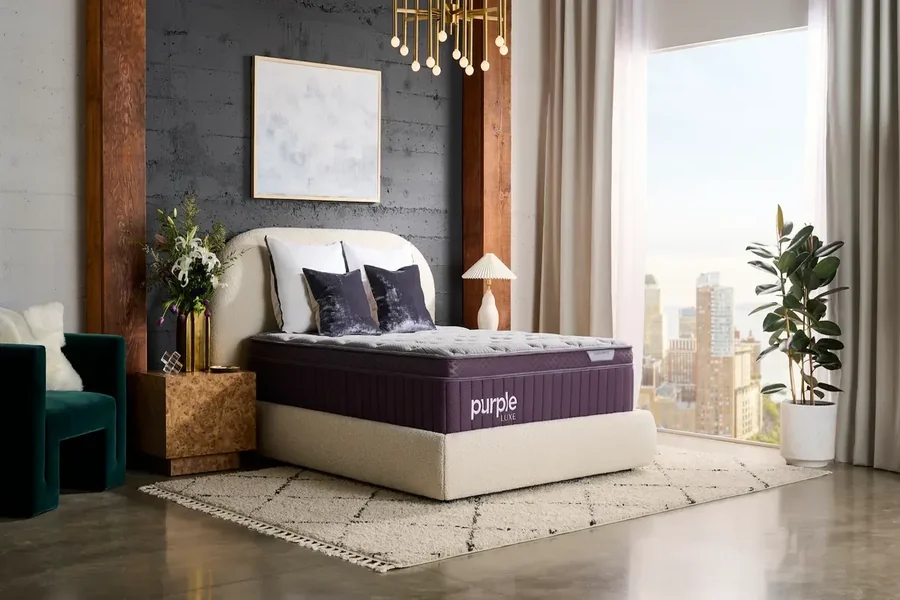You’ve got the beds. The wardrobes. The chest of drawers that took three people to carry upstairs. You’ve spent money on the website. You’ve taken photos. Maybe even posted a few ads.
But sales online? Still hit and miss.
And yet, the same handful of bed retailers seem to be selling constantly — even with similar products.
What are they doing differently?
They’re using one simple trick most bedroom furniture retailers forget: they focus on problems, not products.
People Don’t Just Shop for Furniture — They Shop for Relief
Nobody wakes up thinking, “I need a wooden bed frame with a slatted base and 4 drawers.”
They think:
“My back hurts.”
“I’m sick of tripping over shoes.”
“This room is too small for that massive wardrobe.”
“My teenage son is too tall for his bunk bed.”
Good retailers — especially in the bed world — market to those problems. They don’t just describe the product. They explain what it fixes.
Look at Mattress Time. They sell mattresses, sure. But their copy talks about comfort for bad backs, mattresses sizes, and those that fit through tight doorways.
That’s what people want. That’s what they search for.
“Features” Don’t Sell. Solutions Do.
“Solid wood. Contemporary finish. 5-year guarantee.”
Those things might matter after the customer’s already interested. But they won’t get them to click in the first place.
What works?
- “Fits into tight loft spaces”
- “Helps ease back pain”
- “Built-in drawers for shoes, bedding and clutter”
- “Ideal for growing kids who need more room”
That’s how you get people’s attention — and how you win the sale.
This Works Best When You Pair It With SEO
It’s not just about the words. It’s about where they appear — and how easily they’re found.
When someone searches “best bed for small rooms” or “bed for bad back UK,” Google’s job is to show them a helpful result.
If your product page doesn’t say any of those things — just the dimensions and fabric — it won’t be found.
That’s why bed retailers are winning. Many of them work with a skilled SEO consultancy partner who help them build pages around real-life problems, not generic fluff.
You Can Use This Trick on Any Bedroom Item
It’s not just beds.
- Selling wardrobes? Talk about ones that fit into awkward corners. Or options with sliding doors that don’t block walkways.
- Selling bedside tables? Mention ones with hidden drawers or charging ports.
- Selling kids’ furniture? Focus on storage, safety, and how long it lasts as they grow.
Always ask: what problem does this fix? Then build your copy around the answer.
Add Real-Life Proof
One more thing. Show your product in action. That doesn’t mean fancy photo shoots — just real homes. Customer photos. Instagram tags. Simple shots of a bed in a box room with visible floor space.
People want to see the solution at work — not just the furniture on a white background.
The Trick
Most furniture retailers are still selling features. Sizes. Colours. Materials.
Meanwhile, the bed shops that are cleaning up? They’re solving problems. That’s the trick.
If you want to sell more bedroom furniture, stop listing what it is — and start showing what it does.
That’s the move most retailers miss. Don’t be one of them.

